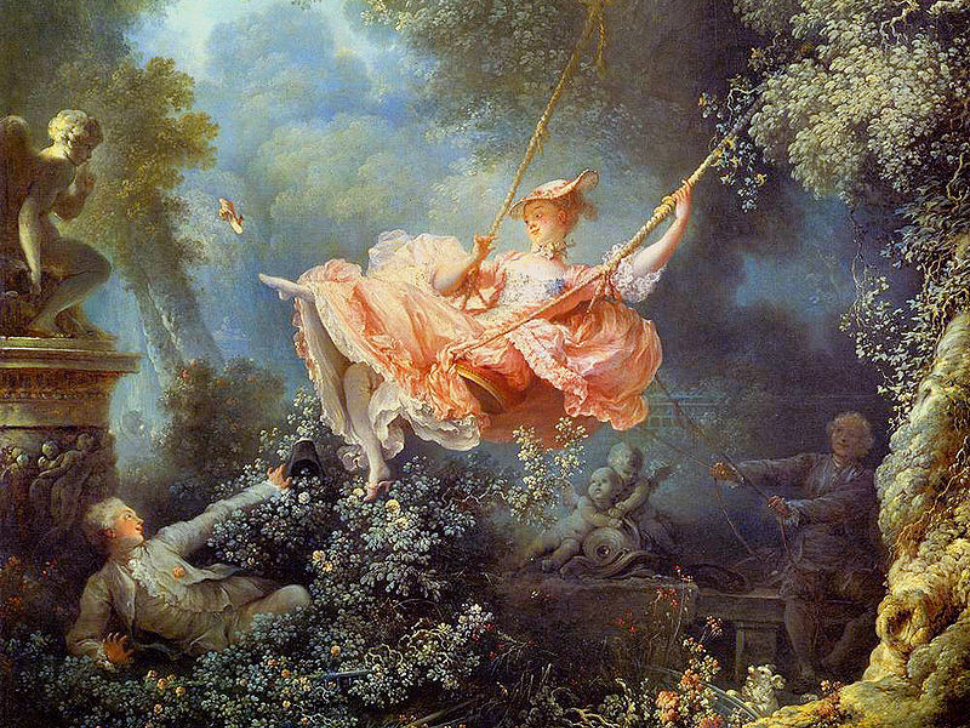The Winnipeg Baroque Festival is in full swing, treating music lovers to a sumptuous selection of pre-1750 masterpieces. On Friday, April 4, at 7:00 p.m. at All Saints Anglican Church, the Nonsuch Ensemble invites audiences to shake off winter’s chill and welcome the fresh vibrance of spring with Le Printemps, a concert bursting with the vitality of the French and German Baroque. Featuring works by Julie Pinel, Jean-Baptiste Drouart de Bousset, and Joseph Bodin de Boismortier alongside beloved favourites by Bach and Handel, the evening promises elegance, drama, and musical discovery.
Renowned for their historically informed performances on period instruments, the Nonsuch Ensemble—soprano Katy Hedalen, cellist Blair Burns, flutist Nancy Hennen, and harpsichordist Carol Pillar—brings centuries-old music to life with authenticity and flair. Set against the stunning backdrop of All Saints Anglican Church, this intimate concert offers a perfect opportunity to bask in the purity of Baroque chamber music and the invigorating spirit of spring.
The Origins of the Nonsuch Ensemble
The name Nonsuch carries a special significance for the ensemble, as Burns explained:
“I really like the Nonsuch name because of its position in Manitoba history. The ship arrived in Hudson Bay in May, in the spirit of trade and exploration. It was a very small ship—a ketch, I believe. We are also a small little ship with very few crew members, and we are also explorers of that era.”
From these beginnings, the ensemble has grown into a vibrant force in Winnipeg’s early music scene. Their formation was an organic process, with members discovering a shared passion for historically informed performance. As Pillar recounted:
“Nancy, Blair, and I started in a different group for a bit and got to really enjoy playing together. Then just in the last year or so, we found out that Katy was here in town and wanting to do some Baroque singing with us. We’re just so excited that she was able to join us for this concert.”
For Hedalen, the experience of singing with the ensemble has been immensely rewarding:
“It’s been really fun. It’s been really nice to work with people who are as interested in historical performance as I am. At our rehearsals, we have lots of discussions about ornamentation, improvisation, and how we would approach where the beats are in the bar.”
Exploring a Rich Baroque Repertoire
Audiences can expect a fascinating mix of well-known and lesser-known Baroque gems. While works by Bach and Handel remain staples of the period, the ensemble has made a point of exploring rarer pieces, such as those by Julie Pinel.
“She’s one of those interesting female composers that we hadn’t run across before,” Pillar noted. “We don’t even know her dates of birth and death, just that she was alive during a certain period. But she was a member of a musical family and part of the French court, and she published a group of 37 pieces, of which we are performing Le Printemps.”
Hedalen added that Le Printemps is particularly engaging because of its interplay between voice and flute:
“The flute is basically a nightingale, imitating birdsong, and the soprano part is responding to the bird—talking about how beautiful it is and how much they would like to be the bird. There’s this beautiful conversation between the flute and the soprano as they play off one another.”
Interpretation and Historically Informed Performance
One of the challenges of performing Baroque music is that, unlike later classical works, there are often few models for interpretation. Each performance requires careful consideration of tempo, ornamentation, and dynamics.
“It’s pretty collaborative,” Burns said. “The music almost plays itself. You can try something a bit slower or faster, and if it doesn’t feel right. Dynamics are also very different from modern instruments—you don’t have the power of steel or tungsten strings, so you have to be more sensitive to get the string to speak.”
For Hedalen, ornamentation is a particularly exciting element:
“As much as I possibly can! I absolutely adore ornamentation. Carol and I looked at harpsichord treatises for ornamentation markings, Nancy looked at flute treatises, and I consulted vocal sources and the Grove Dictionary. We also worked with our teachers, who are a big source of inspiration.”
Handel and Bach
There will also be music on the program by Handel and Bach. Burns will be performing Bach's first suite for solo cello. “I learned it as a teenager, but my interpretation has changed dramatically. I grew up listening to Yo-Yo Ma’s Bach cello suites, and they are so musical. But now I incorporate what I’ve learned in historically informed performance, focusing on articulation and phrasing as speech rather than a long, flowing 20th-century cello style.”
Anticipation for the Concert
As the concert approaches, each musician is looking forward to sharing their work with the audience.
“I’m looking forward to sharing all the work we’ve done with hopefully some appreciative and supportive people in that beautiful space,” Burns said. “Even though we are a chamber group, All Saints has a magical ability to fill itself with whatever little noise we make.”
Hedalen hopes to introduce audiences to the distinctive sound of Baroque instruments:
“I’m hoping people will hear the difference—how warm and soft these instruments are, how different they sound from their modern counterparts. It’s like nothing I’ve ever really heard before outside of Baroque ensembles.”
And for Pillar, it’s about enjoying the music itself:
“I’m looking forward to listening to my colleagues play their wonderful instruments and to Katie singing some fantastic music.”
Don’t Miss Le Printemps
The Nonsuch Ensemble’s Le Printemps concert promises to be a breathtaking journey through Baroque music, celebrating both its famous and forgotten voices. Whether you’re a seasoned early music enthusiast or simply curious about the rich textures of the Baroque, this performance offers a rare chance to hear historically informed interpretations in an intimate setting.
The concert takes place on Friday, April 4, at 7:00 p.m. at All Saints Anglican Church. For more details, visit winnipegbaroquefestival.
